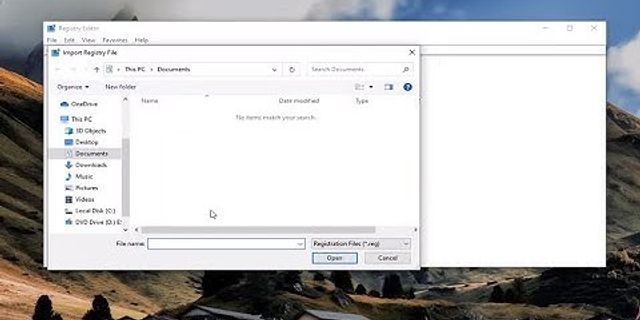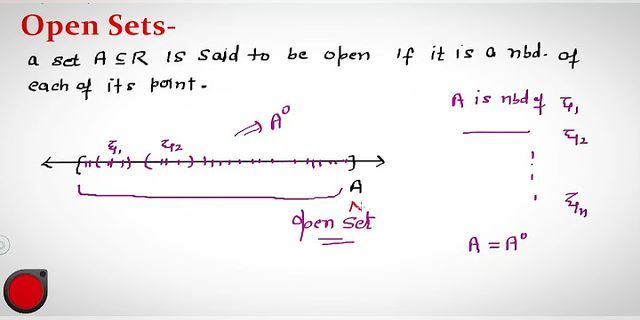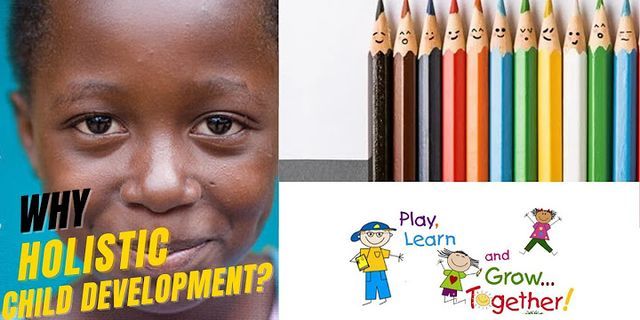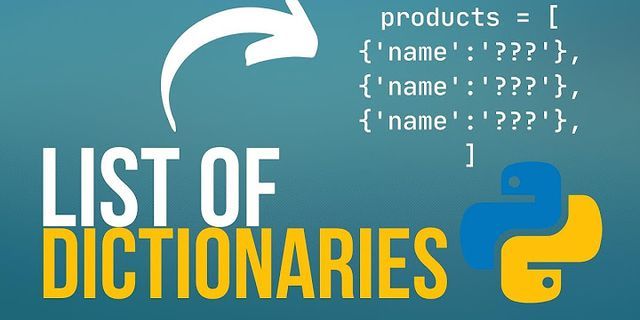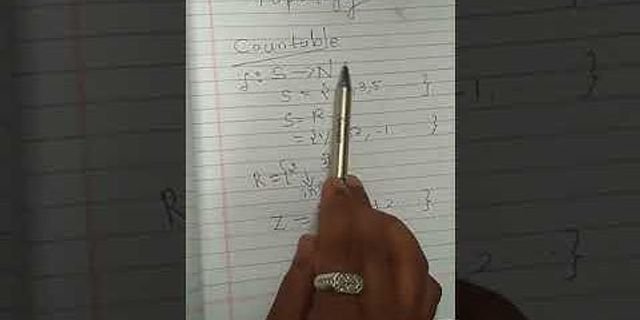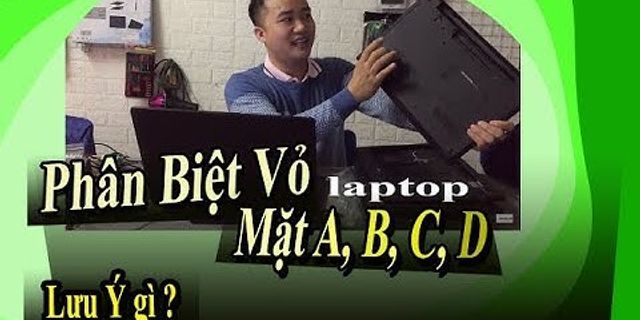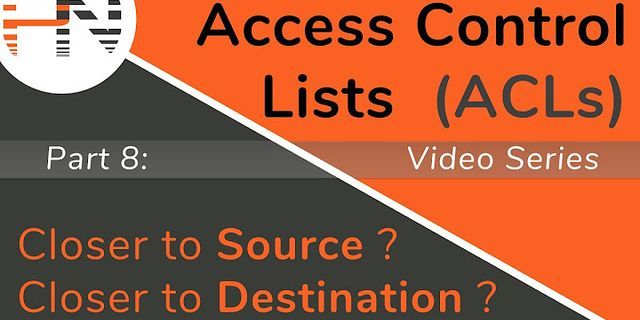Overview: No artistic abilities are required for this quick activity regardless of whether it is a stand-alone activity or unit starter. Context and communication styles will definitely be part of the wrap-up discussion and students will want to practice their ability to provide detail and listen critically well after this activity ends. Show To access the video recording of the webinar detailing this lesson, please click here. Materials Needed:
Learning Outcomes:
Learning Objectives: By the end of the activity, students will be able to…
Directions:
Discussion:
Discussion Follow-up:
Extension in Content Area: Art – Use this activity as described in the instructions before a student shares a piece of artwork that they’ve recently created. A follow-up to this can be a peer review of the actual artwork after recognizing the complexity in the original project by the student that was speaking. English Language Arts – This activity can be a chance to add some great discussion after students complete a reading (fiction or non-fiction) where they’ve been asked to visually represent what they learned or what happened in the reading. The renditions of this will have two layers of complexity: Their perceptions of the reading and what their personal biases and understanding is of what they read AND the interpretation of what their partner conveyed with their oral description of the drawing. Family & Consumer Sciences – Consider completing the activity using an image that is appropriate to the subject area. A food dish for a culinary course, a fabric/clothing design for a textiles course or even an image of “family” in a child development course. Math – Consider having students do this activity with only mathematical terms and shapes. For example, they must use the official math terminology and angles to reference the parts of their drawing to the other person. Science – Consider completing the activity with an image of a science-related themes. The discussion and follow-up can be the same, but the theme will be on point with whatever lesson you are doing in class. Social Studies – Consider completing this activity using a moment in history. This can be used as a great lead-in to a review of various time periods of history as each student will need to “guess” the historical event taking place after reviewing their new drawing. World Language – Complete the activity in the target language. This activity can reinforce a student’s ability to use circumlocution and will allow both students to practice the oral and aural aspects to language learning. Consider using before and after pictures from the show called “Nailed It” on Netflix as a lead-in or wrap-up to the activity for fun. (“Nailed It” is recorded in English, but does have some episodes in Spanish that were recorded in Mexico.) Consider having students repeat this activity a second time to encourage them altering their behaviors/communication to see how they learn and improve after the first attempt. (Best for Novice – Intermediate Low) For more lesson plan ideas, please visit the AFS-USA Teacher’s Toolbox. For questions, comments or suggestions, please email us at [email protected]. Download Lesson Plan Students will listen to 10 sentences that include prepositions and draw items in the correct locations. Students must understand these basic vocabulary words: Colors, numbers, tree, wagon, apples, cloud, flowers, dog bird, airplane, ball, fence mountain, and flag. A student page and teacher page i Page 2This Daily Practice MATS sampler includes 16 different printable worksheets for the year. There are 4 Comprehension Mats, 4 Math Mats, 4 Word Mats, and 4 Writing Mats included, along with instruction pages. These are great for small group instruction, homework, centers, and morning work. These indiv Page 3Listen, draw, and learn! A fun, creative, and interactive activity that enhances listening comprehension, increases vocabulary, supports basic recognition skills, reinforces memorization and recall, develops fine motor control, and offers children an engaging and rich learning experience! Children e Page 4 The Who, What, When and Where of My Weekend This activity can be used as a warm-up after the weekend. Students are allowed to pick one activity from their weekend and can either write or draw the identified who, what, when and where. I have my students share their who, what, when and where weekend with the entire class. Depending on the level  This fun and easy companion activity will give your little ones a chance to draw and write while practicing word family words.They will draw a picture in the frame using as many of the word family words as they like and then write a sentence about their illustration.It is a simple yet powerful activ  This fun and easy companion activity will give your little ones a chance to draw and write while practicing color words.They will draw a picture in the frame using as many of the word family words as they like and then write a sentence about their illustration.It is a simple yet powerful activity to  Theme and Variation, Star Activity Ask your students to analyze and descrbie theme and variations with this worksheet based listening activity. The student will complete this hand out as they listen to a Mozart's piece. They will be describing each variation with a picture. Each star will be drawn to how they heard four variations i Types: Page 5 This fun and easy companion activity will give your little ones a chance to draw and write while practicing color words.They will draw a picture in the frame using as many of the word family words as they like and then write a sentence about their illustration.It is a simple yet powerful activity to  Theme and Variation, Star Activity Ask your students to analyze and descrbie theme and variations with this worksheet based listening activity. The student will complete this hand out as they listen to a Mozart's piece. They will be describing each variation with a picture. Each star will be drawn to how they heard four variations i Types:  Backpack Directed Drawing Freebie! Directed drawings are a great way to practice direction following, listening skills gain confidence in art, and cover standards all at the same time! These activities can be led by the teacher step by step, or left for students to practice independently in a center or station.This directed drawing i Grades:  Pirate Directed Drawing First and Kinder Blue SKies Pirate Directed Drawing for fun pirate units or as a mnemonic device to teach the sight word ARE. Some students need extra reminders and clues for learning sight words. Directed drawings are also great for listening skills. This freebie includes written, kid friendly directions, as well as a video t Subjects: Page 6Listen, draw, and learn! A fun, creative, and interactive activity that enhances listening comprehension, increases vocabulary, supports basic recognition skills, reinforces memorization and recall, develops fine motor control, and offers children an engaging and rich learning experience! Children e Page 7 Four Seasons Visualizing I created this quick draw/visualizing activity to go with the Seasons Song by Have Fun Teaching on YouTube. Students listen to the song and draw and color what they visualize. One sheet has the seasons listed in order of the song, the other is blank if you choose to have your students write in the s  Incorporating social studies skills with technology, listening, and literacy skills has been a game changer in my classroom! Students scan the QR code, watch a short social studies video about citizenship, and then respond about citizenship in writing! I have created ten different QR code response s  Are you looking for NO PREP literacy activities? Then enjoy this sneak peek comprehension journal which is comprised of a black and white version of SIX APRIL (EARTH DAY, TREES, FARM, BIRDS, CHICKS, SPRING SHOWERS, AND EASTER) themed READING AND LISTENING COMPREHENSION ACTIVITIES. The possibilitie  Your students will build number sense, math vocabulary, and listening skills, too, with this free set of kindergarten math riddle cards! This set is a sample from Kindergarten Number Sense Riddles Set 1. If you're excited about using these riddles and want MORE riddles, there's also another uniq Page 8 Are you looking for NO PREP literacy activities? Then enjoy this sneak peek comprehension journal which is comprised of a black and white version of SIX APRIL (EARTH DAY, TREES, FARM, BIRDS, CHICKS, SPRING SHOWERS, AND EASTER) themed READING AND LISTENING COMPREHENSION ACTIVITIES. The possibilitie  Your students will build number sense, math vocabulary, and listening skills, too, with this free set of kindergarten math riddle cards! This set is a sample from Kindergarten Number Sense Riddles Set 1. If you're excited about using these riddles and want MORE riddles, there's also another uniq  Brain Teaser Mysteries Fun FREEBIE Mini-mysteries are not only fun brain teasers, but also practice listening and inferential skills. They are high interest bell ringers, exit tickets, time-fillers, and best of all, carrots for the end of the day. Alternatively, early finishing or talented students could read the mysteries on their o Page 9 Brain Teaser Mysteries Fun FREEBIE Mini-mysteries are not only fun brain teasers, but also practice listening and inferential skills. They are high interest bell ringers, exit tickets, time-fillers, and best of all, carrots for the end of the day. Alternatively, early finishing or talented students could read the mysteries on their o  Following Directions Handout This product was made to help young students learn how to listen and follow directions.Here are the instructions that should be read to the students:1. Write your first and last name in the top box2. Write the number 10 in the triangle3. Color 4 stars purple4. Circle the letter A5. Draw a line from Subjects: Page 10A colorful, fun, hands-on, and, most importantly, MEANINGFUL graphic organizer that all your students will love! The cutting, folding, drawing, and coloring they do will engage their minds, allowing what they read, listen to, and write down to really sink in (that's not a bad thing). Students crea Page 11Journey's 1st Grade Sight Words: 220 Sight Words, 6 UnitsGood for- sending home to parents or using as your checklist as students master.Just download & print!Included:Unit 1 :and, you, be, play, help, withfor, what, he, look, have, toodo, sing, find, no, funny, theyall, me, does, my, here, whof Page 12Track progress for 101 essential skills needed for students to be successful in school: fine motor, color ID, coloring, counting, circles, reading, writing; 2-D and 3-D shapes identification, matching, building, following directions, and much more. 101 Essential Skills BUNDLE: Fine Motor, Colors, Sh Page 13These listening logs are the perfect for lessons about a composer, a period in history, a specific piece of music, or a genre your students are learning about! Let your students in K, 1st, 2nd, 3rd, 4th, or 5th grade express their opinions and practice their listening/identifying skills with these e Page 14This is a short CI reading. This product is ideal, comprehensible, and interesting for students who are have interacted with simple Spanish phrases such as: tiene, va a, toro, perrito, etc. Included, there is a simple assessment to see what your students truly comprehended from the story. This would Page 15 This review sheet was created to review for a 5th grade mid-year test (Utah) on Changing Earth, Electricity, Matter, and Magnetism. Use it for homework or science centers. Questions are not specific to Utah. An answer key is included. Questions use a lot of sorting, matching, drawing, and filling in Page 16 This awesome science fiction short story is great for exploring beautifully executed figurative language, the theme of bullying, and a fascinating setting. Students read a very short, very well-written short story All Summer in a Day by Ray Bradbury that is available free online. They analyze the te Page 17 |









